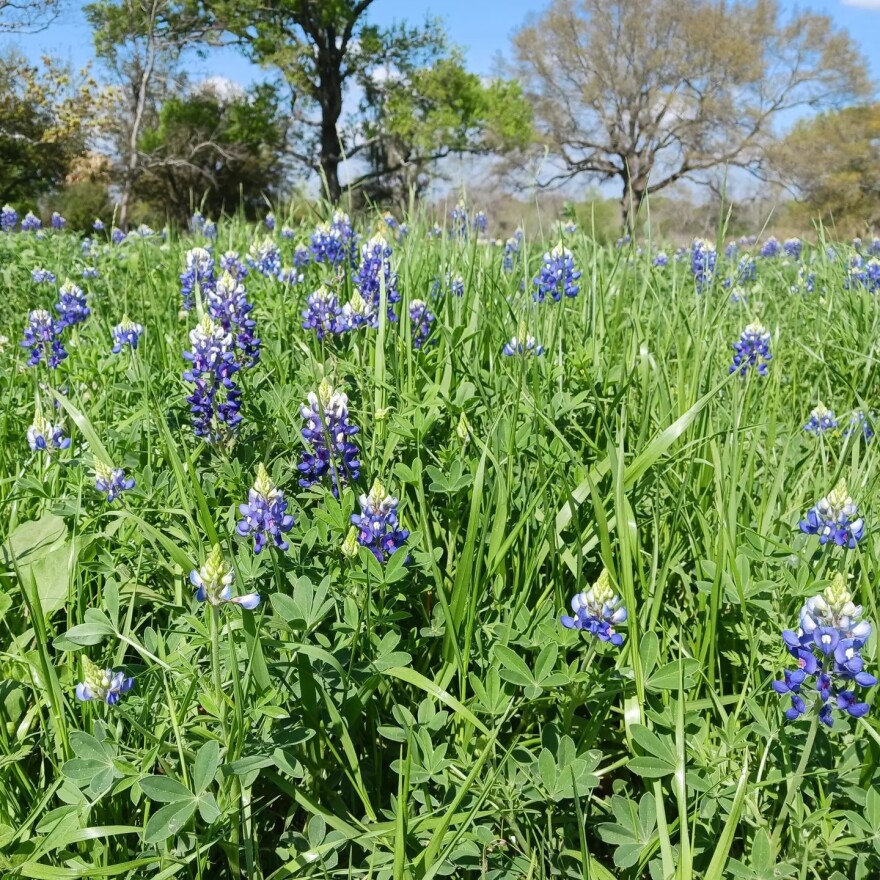The blooming cycle for Texas’ state flower is 2-3 weeks ahead of schedule because of earlier-than-usual warm weather, according to Texas A&M horticulturalist Michael Arnold.
From warmer temperatures to greener grass to those fine particles of yellow dust – otherwise known as pine pollen – the signs of spring are all around the San Antonio area.
The chance to spot fields of blooming bluebonnets, which might be the most popular and picturesque part of the season, is coming soon, too.
Texas' state flower already has started to blossom in the Austin and Houston areas as well as in the Big Bend region, according to Michael Arnold, a professor of landscape horticulture and the director of The Gardens at Texas A&M University. He said bluebonnets' blooming cycle is 2-3 weeks ahead of schedule this year, because temperatures have warmed up earlier than usual and the wildflowers got the fall moisture they needed to germinate.
"We're just seeing them starting to bloom in fair numbers right now. They're nowhere near their peak yet," Arnold said Monday.
Fields of bluebonnets typically grow in area parks, along some of its roadways. The tall, blue flowers with touches of white, red and purple also can be spotted along highways on the outskirts of the city.
Arnold said controlled, enclosed environments like botanic gardens can be better than roadside patches for taking family photos in bluebonnet fields, because they eliminate the dangers associated with vehicle traffic. For those who prefer to hunt for bluebonnets in the wild, he said they tend to bloom on sandy ridges or hillsides and in areas with poor soil.
And while earlier-than-usual warm weather speeds up bluebonnets' blooming cycle and causes them to appear sooner in the spring, the same conditions can boost the growth of grasses that compete with the wildflowers, according to Arnold, who said that could result in bluebonnets being hidden from view in some cases.
There is also a correlation between temperatures and how long bluebonnet blooms last, with Arnold saying they might not stick around very long if it continues to warm up at a relatively rapid rate. The best bluebonnet displays this year are likely to be along the Interstate 35 corridor, which is west of the Houston region, he said.
"Ideally, what we'd like to do is get them into bloom and then return to cooler temperatures to keep them around a little bit longer," Arnold said. "I think we're going to see a fairly quick progression of the bloom cycle this year."

